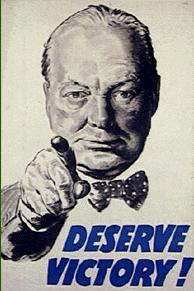By 1943, a 24-hour ration similar to the British issue was being issued, which again
was issued in "A" and "B" sets within a 7-meal rotating menu. This 24 hour ration came in similar boxes to the British version
(to include the outer carton, and Marking of "The 24-Hour Ration-Instructions within"), but differed in several aspects:
1. The ration was still issued in 2-day sets, as planning still revolved around a
fixed 48-hour landing ration for troops
2. The Canadian rations came in paraffin waxed boxes
3. The meat portion of the ration was always labeled on the outside of the tin (The
British 24-hour ration in many cases has no label on the meat portion, relying on the tins lacquer colour, such as rust-red
for pork products, green for fowl products etc)
4. Rations could include tea or coffee (especially after fall 1943 the ratio of tea
to coffee became 50/50)
5. The ration was not seen as the sole food to be issued, but rather as a short-term
field ration, with supplemental items issued alongside. These normally would be one or more of the following:
a. Additional tins of meat (generally a tin
of Bully Beef or Pork Loaf)
b. Packets of Sweets (2 ounce Boxes of Boiled Sweets, 3 ounce packs
of Caramels, or 3.6 ounce packs of Licorice candy)
c. Chocolates (3/4 or 1.5 ounce bars)
d. Emergency Rations (Mostly the hated
gold-tin variety)
e. Milk Chocolate Tablets (U.S. Necco wafers)
f. Tins of prepared foods, such as 11-15 ounce
meat stews, condensed soups, and varieties of hash. All of these came in war-time commercially marked tins with military overstamps.
g. Tinned milk (condensed; both sweetened and
plain) or Milk Powder
h. Additional Tea Blocks
i. Additional packs of Biscuits
j. Solid Fuel Blocks or Tablets
Another addition to the rations were cigarettes. These either came in 4-piece slide
packs, or as a shared issue in Tins of 20 cigarettes

